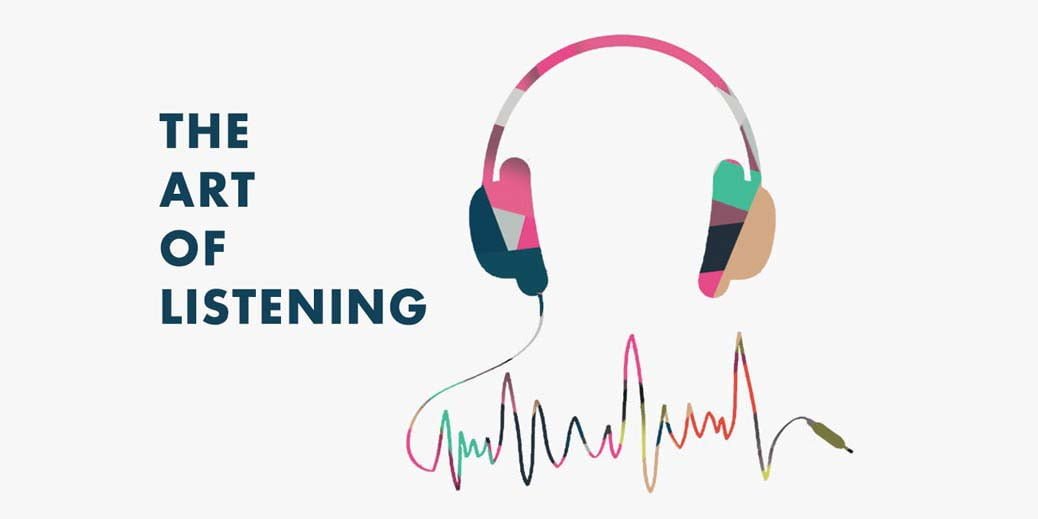
ART OF LISTENING
Before we start discussing listening, let’s take a few minutes to reflect on the importance of the listening
Before we start discussing listening, let’s take a few minutes to reflect on the importance of the listening skill. As a language teacher and as a learner of other languages, think of one or two reasons why listening is important.
Listening is also important because it:
• occupies a big chunk of the time we spend communicating in the language. Think about the times you spend listening to others speak or listening to songs, news, lectures, YouTube, etc. Recent advances in technology have served to raise the profile of the listening skill in language teaching.
• provides input that can be very significant for second language acquisition in general and for the development of the speaking skill in particular.
• promotes non-linear processing of language and encourages learners to develop “holistic” strategies to texts.
Challenges in Teaching Listening
Despite its obvious importance to language learning, the listening skill was for a long time relegated to a marginal place in foreign language curricula. With the advent of communicative language teaching and the focus on proficiency, the learning and teaching of listening started to receive more attention. However, listening is not yet fully integrated into the curriculum and needs to be given more “prime time” in class and homework.
For learners, listening presents a challenge for a variety of reasons, among which are the following:
Listening involves multiple modes: Listening involves the interpersonal and interpretive modes of communication. It requires the listener to assume either a participative role in face-to-face conversations, or a non-participative role in listening to other people speak or present.
Listening involves all varieties of language: In addition to listening to lectures and presentations in academic and formal settings, learners have also to partake or listen to exchanges that involve various levels of colloquialism.
Listening involves “altered” and “reduced” language forms: In addition to dealing with the vocabulary and structures of the language, listeners have to learn to comprehend reduced forms of the language (e.g., I wanna go, Just a sec).
Listening involves variable rates of delivery: Unlike a reading text that is at the learner’s control, a listening text is constantly moving and at variable speeds that often cannot be controlled by the listener.
Reference: www.coerll.utexas.edu
Compiled by: Arko Uchaas Shaha



